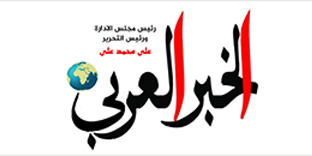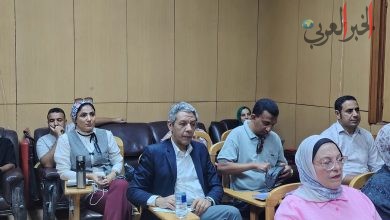Practical Strategies for Achieving a Balanced Work and Personal Life
In the contemporary work environment, the quest for a balanced life is more pertinent than ever. Achieving a harmonious blend of professional responsibilities and personal time can significantly influence overall well-being. The interplay between work and home life is not merely a challenge; it can also serve as an opportunity for growth and fulfillment.
Stress management plays a vital role in this process. Individuals often find themselves overwhelmed by tasks and deadlines, which can lead to burnout if not addressed. By implementing practical stress reduction techniques, one can create a more tranquil work atmosphere, fostering not only productivity but also personal satisfaction.
Work-life integration is a concept that encourages individuals to meld their personal and professional responsibilities seamlessly. Rather than viewing these spheres as opposing forces, recognizing the potential for synergy can enhance both focus and adaptability. With mindful efforts, both domains can coexist, enriching each other rather than competing for attention.
Setting Strict Boundaries Between Work and Personal Time
Establishing clear boundaries is a key strategy for achieving a satisfying work-life balance. Start by defining your working hours. Communicate these times to colleagues and supervisors to ensure everyone is on the same page. This allows you to concentrate on tasks without the distraction of work-related messages outside your designated hours.
Create a dedicated workspace that is separate from your personal areas. This physical divide helps your mind shift between work and relaxation, promoting focus during work hours and allowing for genuine downtime afterward.
Utilizing technology can be beneficial. Set up automated responses on email and other communication platforms during your personal time. This creates an expectation that you will not be available immediately, encouraging a culture of respect for boundaries.
Incorporate breaks into your work schedule. Use this time to engage in activities that recharge you mentally and physically. Taking short breaks can boost your productivity and maintain your energy levels throughout the day.
Finally, practice saying no. Overcommitting can blur the lines between work and personal life, leading to burnout. Be mindful of your limits, and prioritize tasks that align with your goals. Establishing boundaries is a profound way to enhance your overall wellness and productivity.
Prioritizing Self-Care Activities in Your Daily Routine
Incorporating self-care activities into your daily life is a powerful strategy for enhancing personal wellbeing and improving stress management. Allocating time for these activities not only helps to recharge your energy but also boosts overall productivity. Simple practices, such as taking short breaks during work hours, engaging in physical exercise, or enjoying a favorite hobby, can contribute significantly to your mental clarity and emotional health.
Consider scheduling specific times during the day dedicated solely to activities that bring you joy and relaxation. Whether it’s a brief walk outside, reading a book, or practicing mindfulness, these moments can serve as effective productivity tips. Additionally, ensuring that you have a balanced routine that includes self-care fosters a healthier mindset and allows for better focus on your professional responsibilities.
Integrating self-care into your life isn’t just beneficial for you personally; it can enhance your performance at work as well. By taking care of your needs, you build resilience against stress, enabling you to approach your duties with renewed vigor. For more insights on managing stress and enhancing your wellbeing, visit https://www.missirosesviews.com/.
Utilizing Technology to Streamline Work Tasks
Incorporating technology into your daily routines can greatly enhance your productivity while also promoting personal wellbeing. By leveraging the right tools, you can manage tasks more efficiently, allowing yourself more time for relaxation and leisure.
Project management applications can help keep track of your workload. These platforms often provide features for prioritizing tasks, setting deadlines, and collaborating with team members, which can alleviate stress and improve time management. By consolidating your to-do lists and project timelines, you free up mental space to focus on what matters most.
Automating repetitive tasks is another way technology aids in achieving work-life integration. Tools such as email filters, automated responses, and scheduling applications can minimize the time spent on mundane activities. This automation can lead to smoother operations and enable you to redirect your energy to personal interests or self-care activities.
Utilizing communication platforms can optimize connectivity without the chaos of constant notifications. Setting specific times to check messages helps maintain focus during work hours while preserving downtime for personal activities. Balancing the use of these technologies can enhance stress management and create a more harmonious work-life experience.
Finally, don’t overlook the potential of wellness applications. These can assist in planning your breaks, guiding mindfulness practices, and tracking physical activity. Such resources support maintaining a healthy balance between work responsibilities and personal wellness, contributing positively to your overall life satisfaction.








